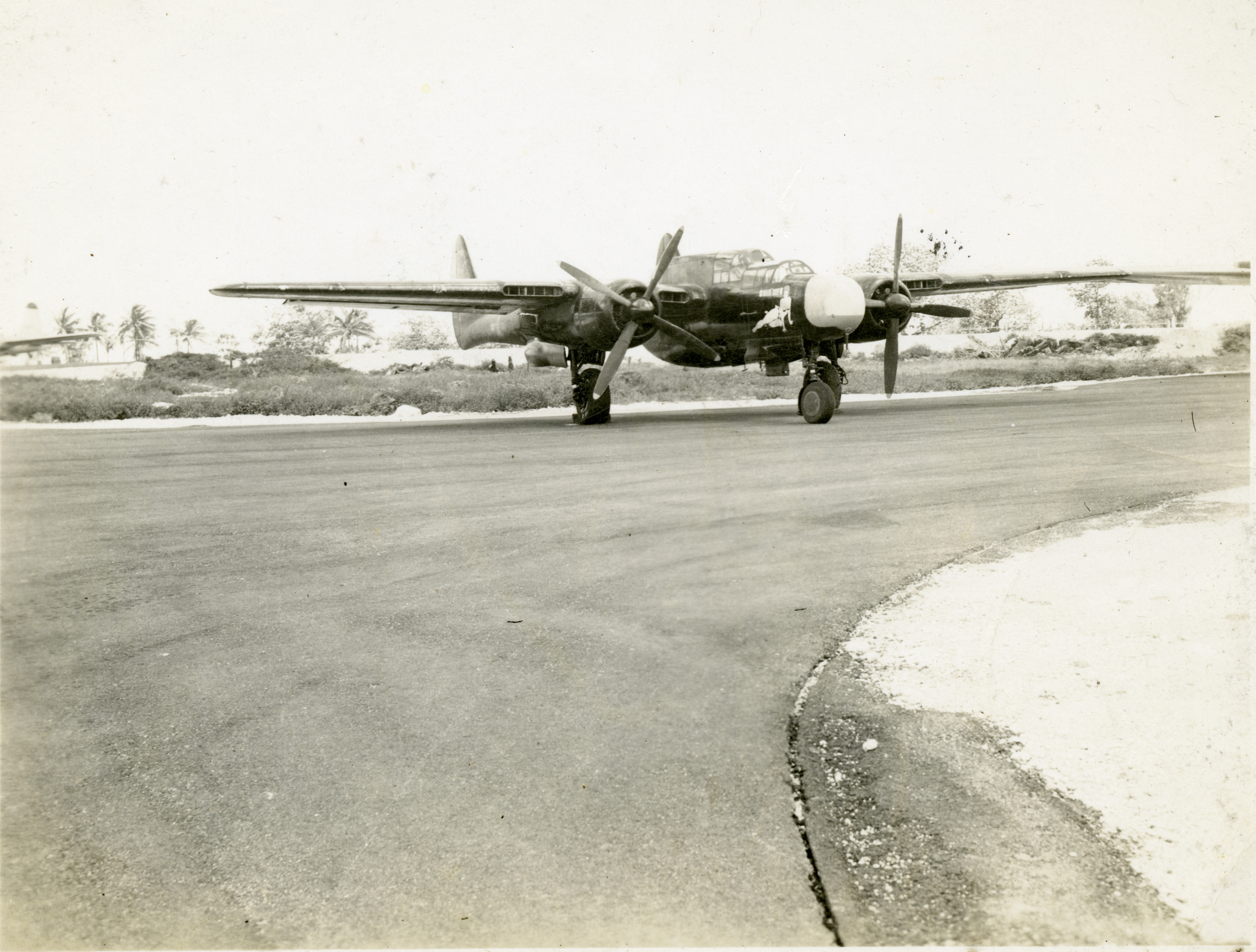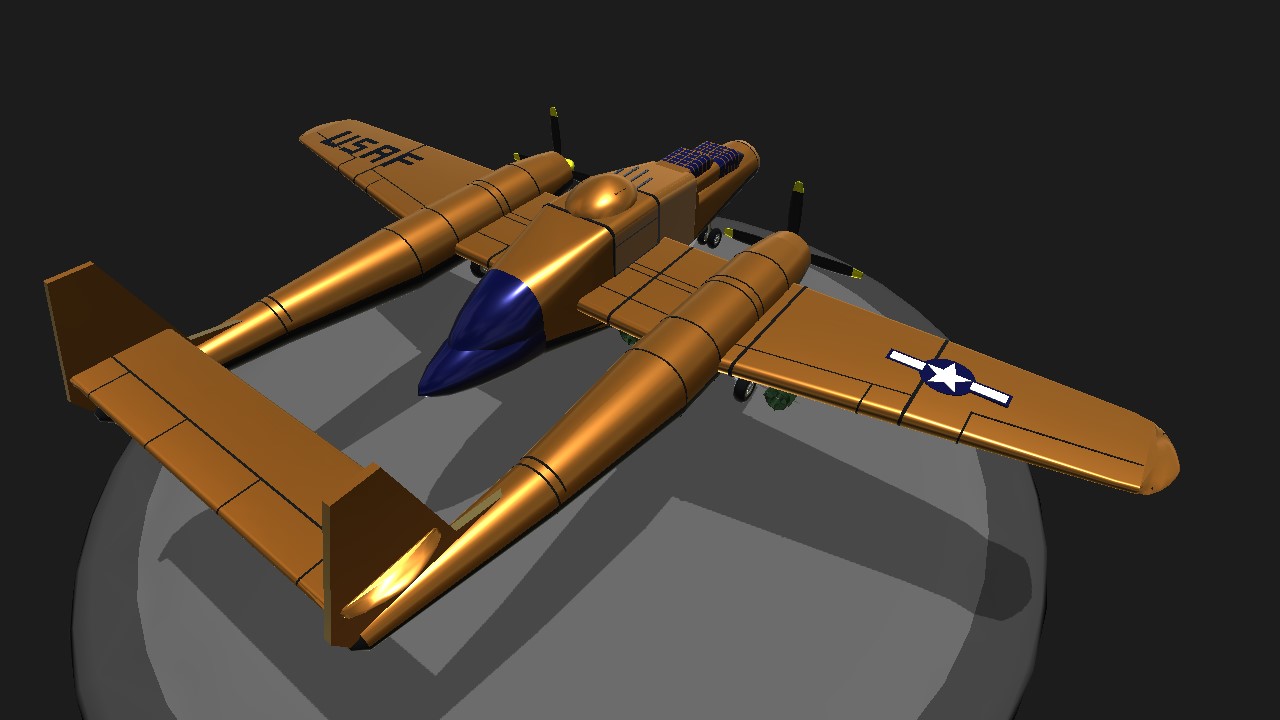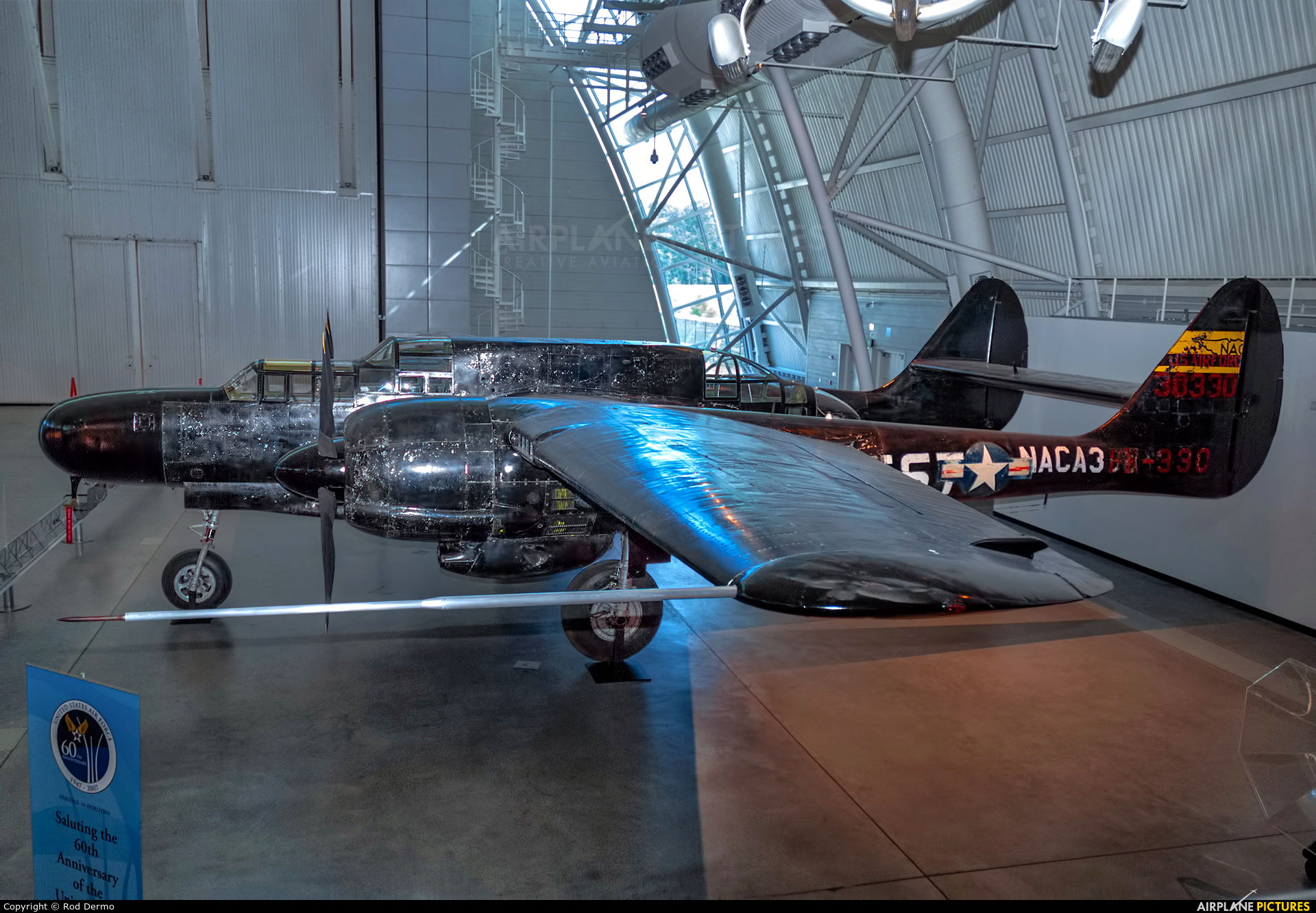Ww2 Black Widow - Artist Jack Fellows captures Nakajima Ki.84 pilot Sergeant Akira Kusano as the seventh and final victim of P-61 ace Major Carol Smith over Mindoro early on December 30, 1944 The Moment (Jack Fellows, ASAA)
Excluding bombers, transports, and more specialized types, the United States produced more than 100,000 fighter jets of 11 different types for use in World War II. Only 674 of these were Northrop P-61 Black Widows (the other 32 were delivered after the war). However, the legendary status this brutal twin-engine night fighter had achieved belied its small series production and short career: only a year in combat at the end of the conflict.
Ww2 Black Widow

Does the infamous Black Widow deserve such a reputation? Good question, and the answers are all over the place, depending on whether you think Black Widow is "too cool" or subscribe to "too slow, too low" school.
Sf2 P/f 61b Black Widow, 319th F(aw)s Skins Pack Post Ww2
The British invented aerial night warfare during World War I, when specially modified Royal Aircraft Factory B.E.2cs were first used to weaken night bombing operations by German Zeppelins. The slender biplane is equipped with a stationary Lewis machine gun that fires upwards at a 45-degree angle, so the plane only needs to fly within range of the massive, notoriously flammable airship and fire. In the ensuing war, the Luftwaffe borrowed this idea for the highly effective Junkers Ju-88G and several other night fighters, calling it the
(Jazz music). The various Ju-88s accounted for more European night victories than all Allied night fighters combined.
However, the United States did not initially need a night fighter. The Army Air Corps believed the Americans were safe from day and night raids between two incredibly wide oceans, and built an offensive doctrine around daytime bombing. Unlike the RAF, the US did not have to search the capital in the night sky desperately for intruders, nor did it need to escort its own bombers in the dark.
The Anglo-French campaign and the bombing of London in 1940 showed that this new war would be different, with RAF pilots sharing with their American counterparts lessons from the Battle of Fairey, the Bolton-Paul Defiant, Spitfires and Hurricanes. .London is still burning, Heinkels muttered all night, the Brits have found Jack Northrop, with whom they are already doing business (Northrop is building the Vultee Vengeance dive bomber for the RAF), to Design and build a night fighter hunter capable of using the new night. A device called a radar.
P 61b Black Widow 3d Model $47
Within a month, the British had notified the U.S. War Department of their new developments (cavity magnetron and centimeter wave radar), and U.S. military planners decided they needed a night fighter to use the equipment. Previously, the signals transmitted and received by less complex radars could be measured in meters, which meant that antenna assemblies had to be separated and scattered throughout various parts of the airframe: nose, wings and fuselage. This is what characterizes German night fighters, especially their signature look, with their spring springs, antlers and clown whiskers flying. Some of these drag-generating antenna farms slow their carriers down to 25 mph.
The first of two XP-61 prototypes was built at Northrop Field in Hawthorne, California, before its first flight in May 1942. (National Archives)
The centimeter-wave radar was lighter, but still heavy, and more compact, using a satellite dish small enough in diameter to be carried in the nose of what would become the P-61 Jimmy Durant. Putting the radar antenna in the front would require relocating all the nose mounted weapons, which of course is a good thing: they can be hung under the belly, in pods or fairings like the P-61, all but eliminating night vision and destroying night vision. Muzzle flash Any night fighter pilot with wing or nose guns gets hit on target and then walks around like an old man with a white cane for the next 5 or 10 minutes.

In October 1940, the Air Force, aware of Northrop's work for the British, asked the company to design a dedicated night fighter. Jack Northrop quickly submitted an initial proposal for the three-man, twin-engine, twin-engine tricycle bomber his engineers had been developing for Britain, and in January 1941 a contract for two XP-61 prototypes was awarded to a Californian small company.
Skyways 12/1944 Henry Ren Wicks P 61 Black Widow Cover American Warplanes Wwii Pix Info Fn: (1944) Magazine / periodical
The P-61's SCR-720 radar became its commercial stock. It was sometimes buggy, sometimes unreliable, and sometimes beyond repair due to lack of spare parts, but it was an effective unit, making the Black Widow the world's first purpose-built night fighter. After all, what does it matter how fast, powerful, or well equipped a night fighter is if he can't find his prey?
Built around a powerful but moody radar and heavy armament, the P-61 had the potential to be the best night fighter of the war. (National Archives)
All P-61A and -B Black Widows that fought were equipped with supercharged but not turbocharged Pratt & Whitney R-2800 engines. When the aircraft was designed, the idea was that night fighters would roam high in the air and wait for prey to be intercepted by ground control, but that wasn't always the case in practice. A night fighter must be able to climb hard and get high, then quickly chase back to check for bandit aircraft. The Black Widow doesn't have a particularly good climb rate - only 500 fpm at 20,000 ft, which is about the climb rate of a small single-engine light aircraft - and wears out quickly at 20 K. The superchargers were pushed to their limits (admittedly, early R-2800 turbocharged engines had reliability and throttle response concerns.) In a wartime emergency, the P-61 could accelerate to about 370 mph; With such a power output, it has a 24 liter water tank that can be filled for 15 minutes.
The biggest knock against the Black Widow was that it wasn't fast enough to do what it was designed to do, an opinion shared by several influential colonels and generals. Col. Winston Kranz, USAF night fighter training director, said: "The P-61 is not a great night fighter. It's not a bad night fighter, it's a good night fighter, but its Not enough speed." In July 1944, just as the first P-61s arrived at ETO, Lieutenant General Carl Spaatz insisted on a "large night fighter flight" between the Black Widow and de Havilland Mosquito NF Mk. XVII. Mosquito is an early version of NF Mk. XXX, would be the best Allied night fighter to date, and Spaatz wondered if the USAF should fly them instead of the heavy Northrop.
The Night Birds
There has been controversy ever since, with the P-61 seemingly handily outpacing the British wooden wonder in competition. Dana Bell, a researcher and aviation historian at the National Air and Space Museum, believes that "the results were manipulated to give American aircrews more confidence in the P-61 aircraft they were going into combat." Excited, competitively selected and ready for battle without the RAF pilots even knowing it was a race; the P-61's engine had been tuned and tuned by a Pratt & Whitney factory rep, and the 1942 single-stage Merlin The fighter Mosquito was simply pulled from operational routes; and tests were never conducted above 20,000 feet, the P-61's maximum efficiency level.
"The final report was never shown to either of the two US assessors," Bell revealed. "Forty years later, he still thinks the Mosquitoes won and is appalled to see a report recommending P-61 in which his signature was forged."
Ultimately, the British had no interest in winning the tiebreaker. A clean win just means they'll have to hand over too many priceless Mk's. XXX Mosquitoes to your allies. Still, Americans love their behemoth Northrop. An ETO night fighter squadron plans to return to Douglas P-70s, the night fighter version of the aging A-20, but the squadron's pilots threaten to give up their wings if that happens.

In the Pacific, however, the P-61s suffered an embarrassment, and Far East Air Vice-Admiral George Kenny found them performing so poorly at the Battle of Leyte Gulf that he commanded a Marine-equipped Grumman F6F-5N Squadron Radar to replace them. Black Widow was sent to the airstrip on the island.
Northrop P 61c Black Widow
The newly arrived Black Widow was towed to Carney Field on Guadalcanal, where it was assembled and operated by Thirteenth Air Force. (National Archives)
It was also in the Philippines that one of the strangest but most productive uses of the P-61 occurred. On January 30, 1945, the Japanese prisoner-of-war camp at Cabanatuan was attacked by Army Rangers and Filipino irregulars because the United States knew that the Japanese would execute within hours their contingent of American and British prisoners as part of MacArthur's army. As part of the raid, a Black Widow planned to fly low over the prison to distract guards while the raiders got as close to the camp fence as possible. P-61 pilots did it
Black widow prolift, black widow extermination, black widow pest control, black widow motorcycle lift, black widow lifts, chevy black widow, black widow ramps, black widow control, black widow folding ramp, black widow lift table, black widow ww2, black widow razor

0 Comments